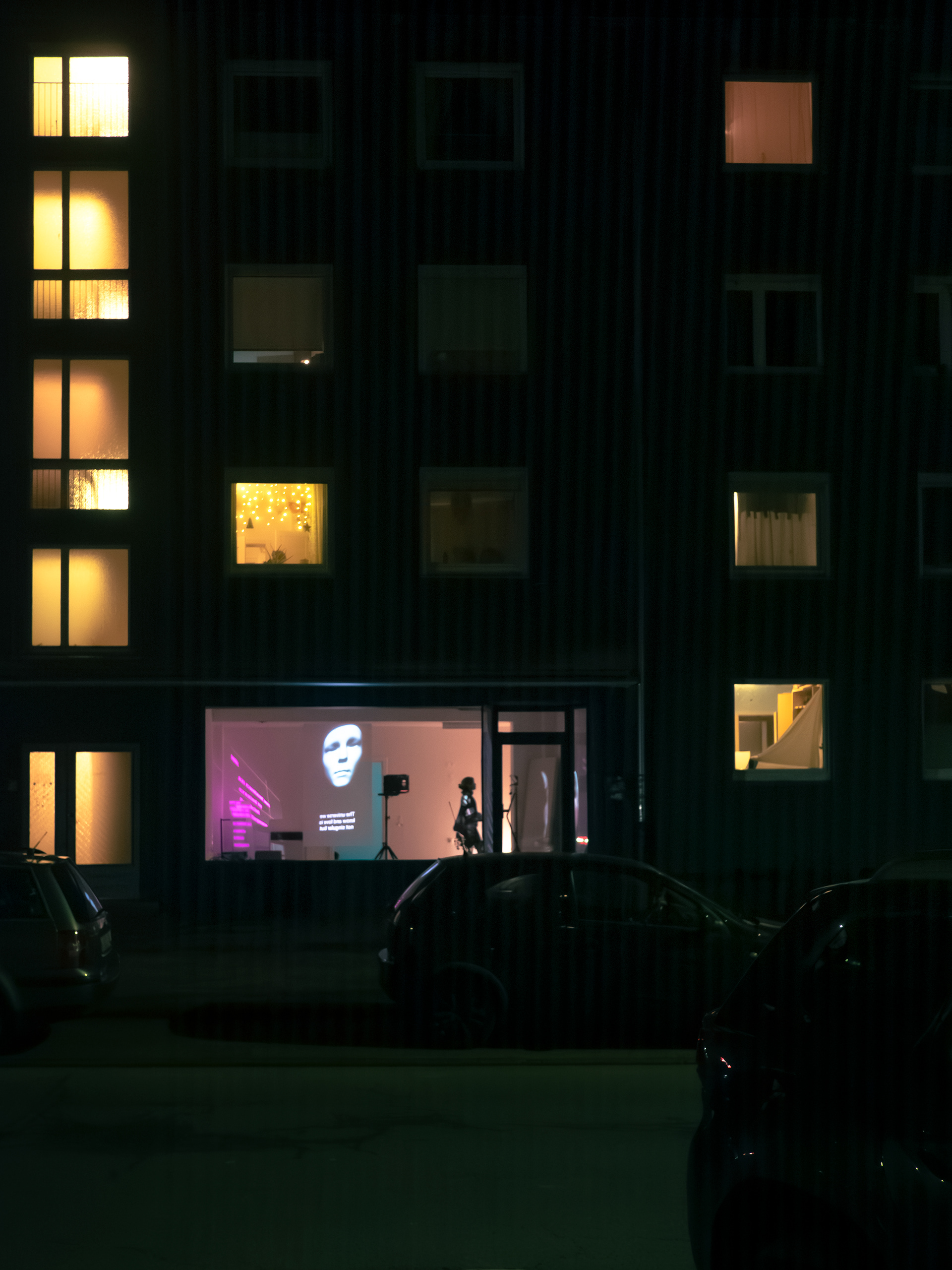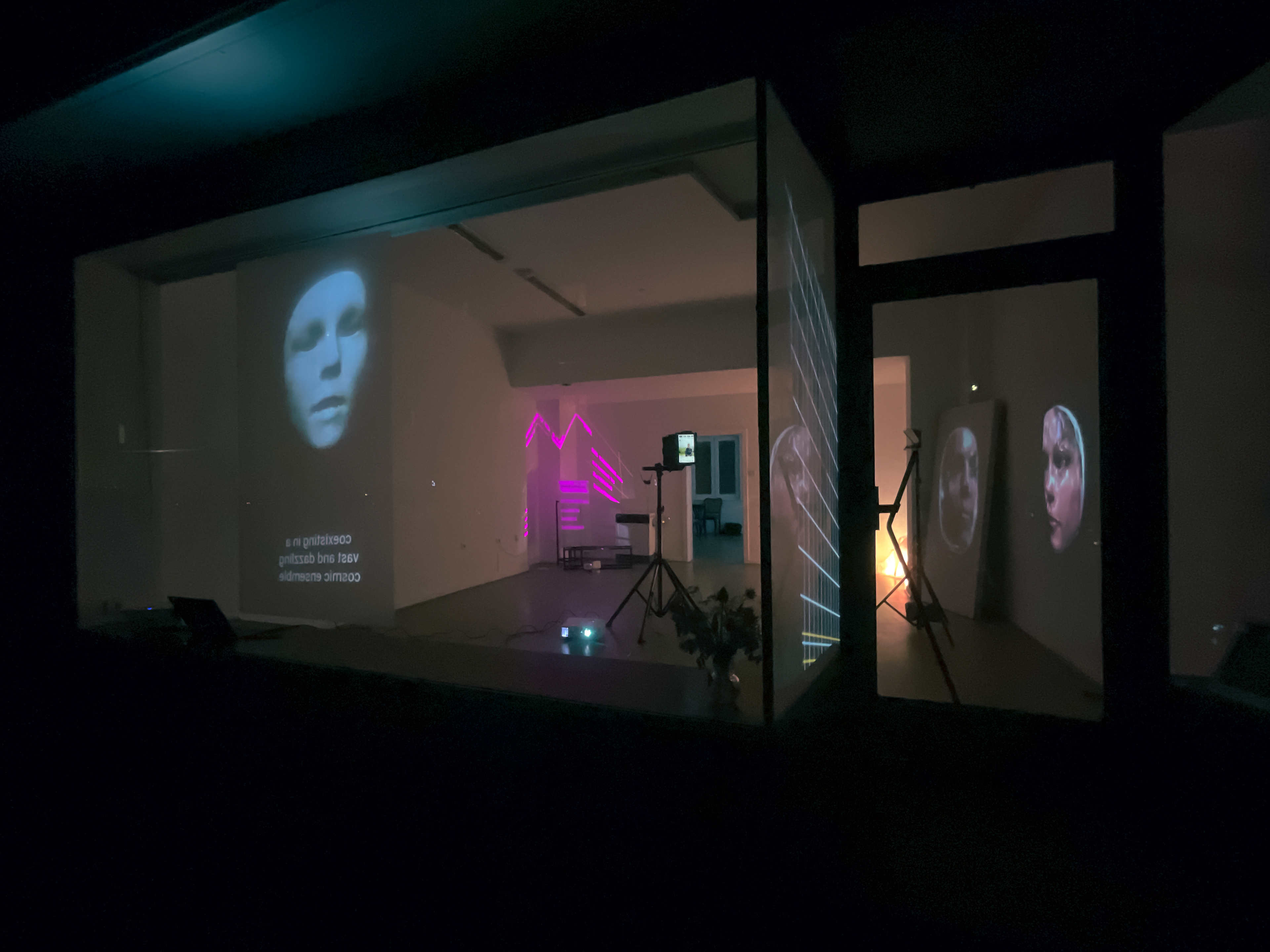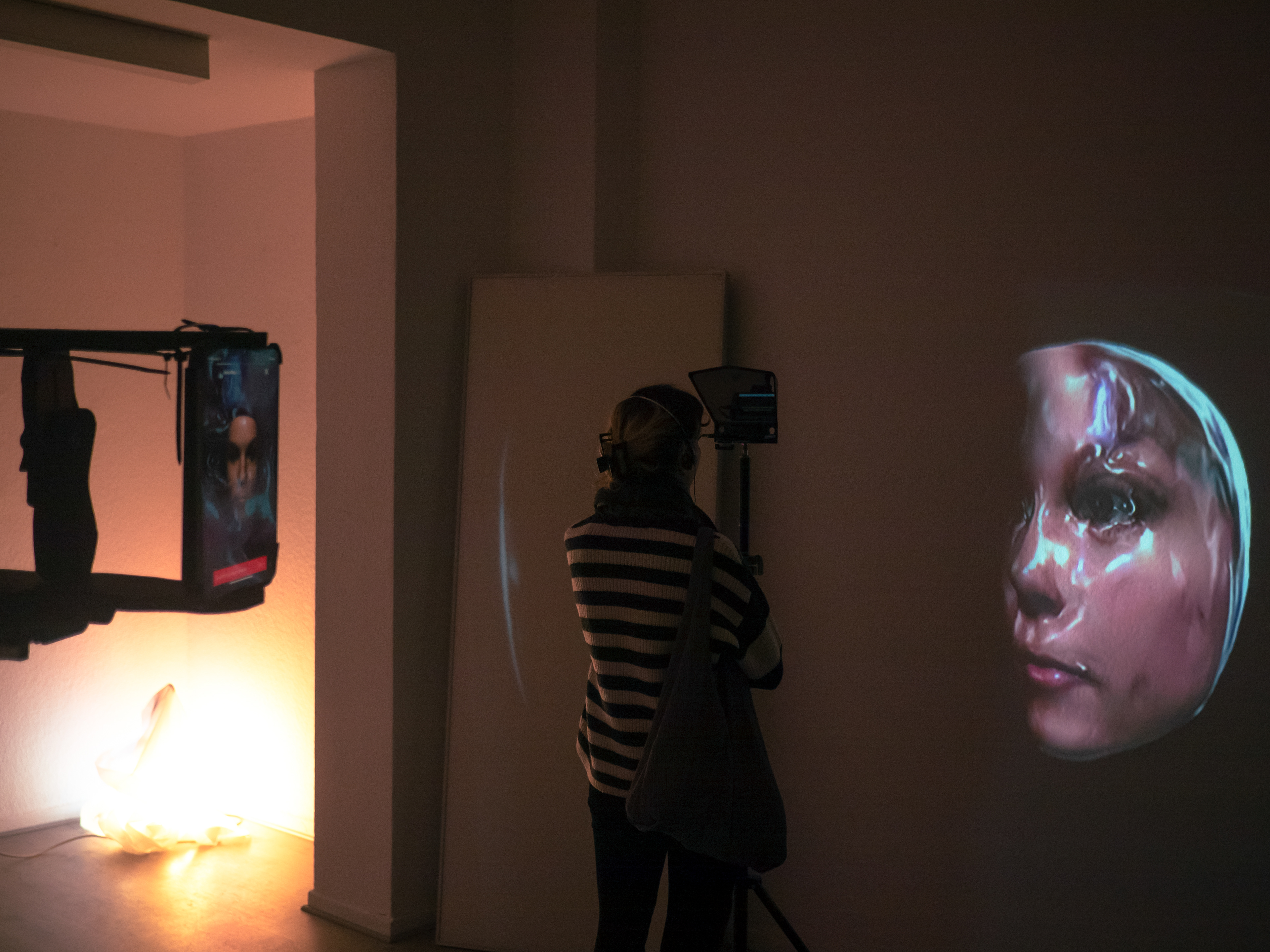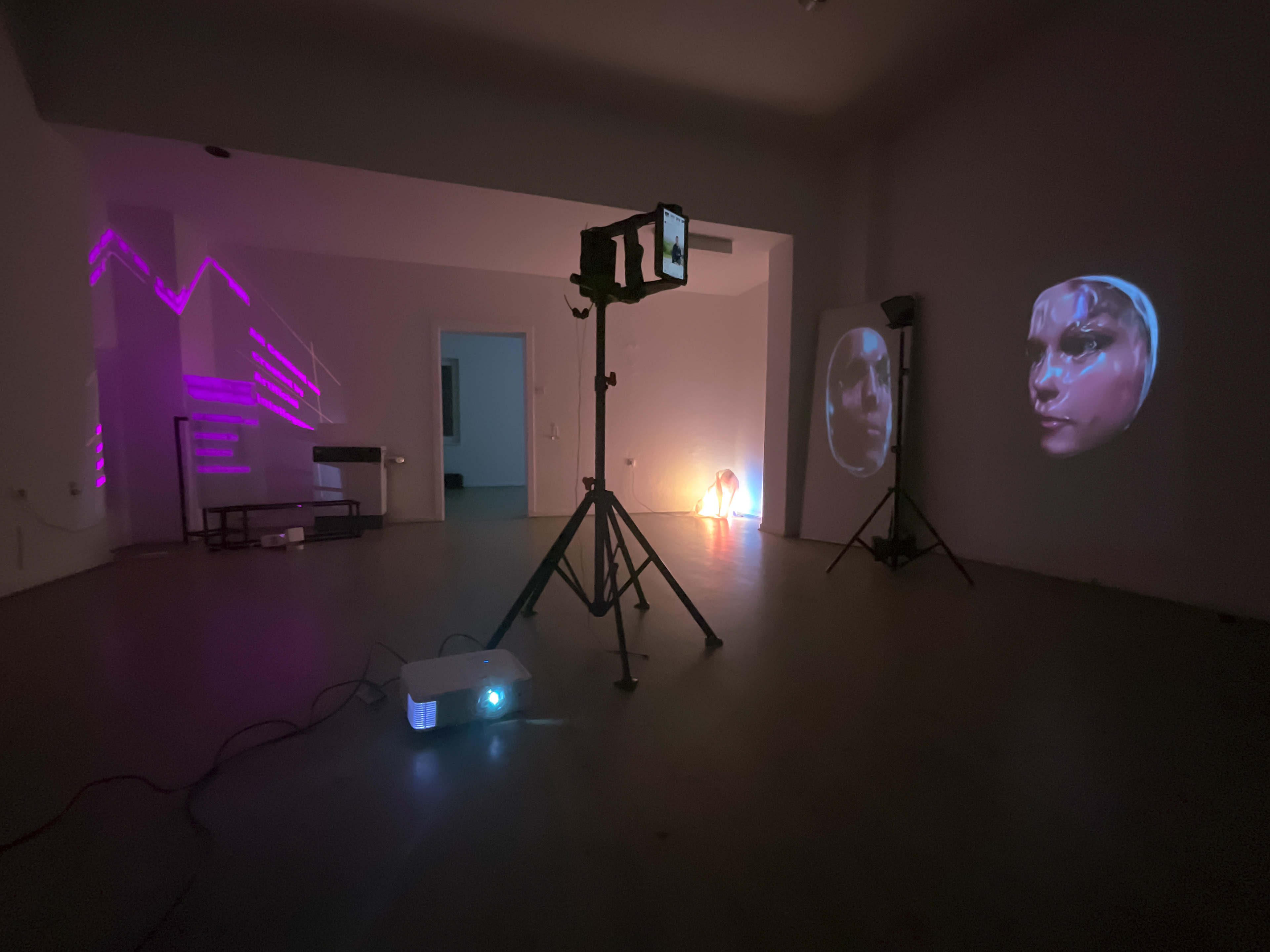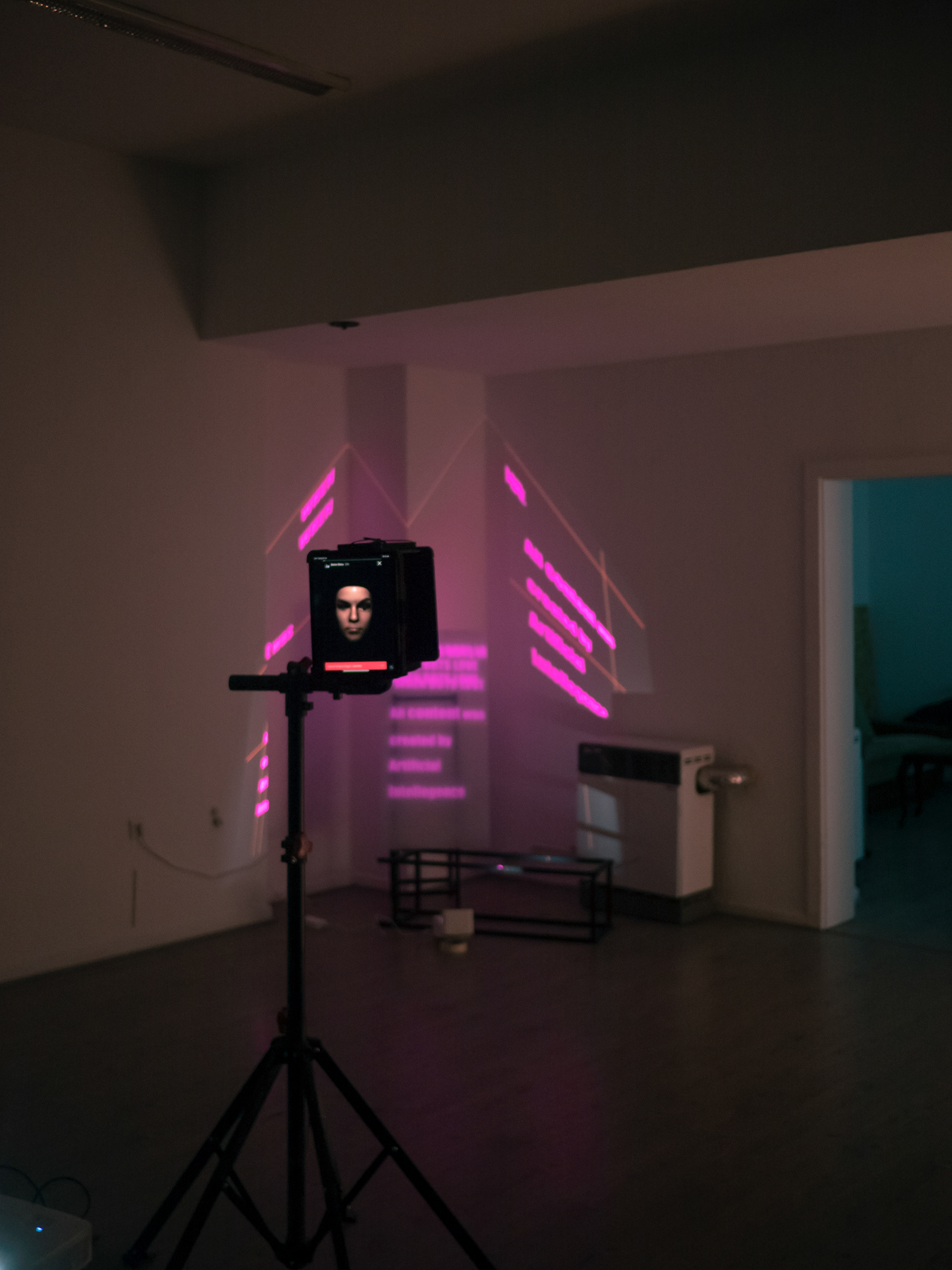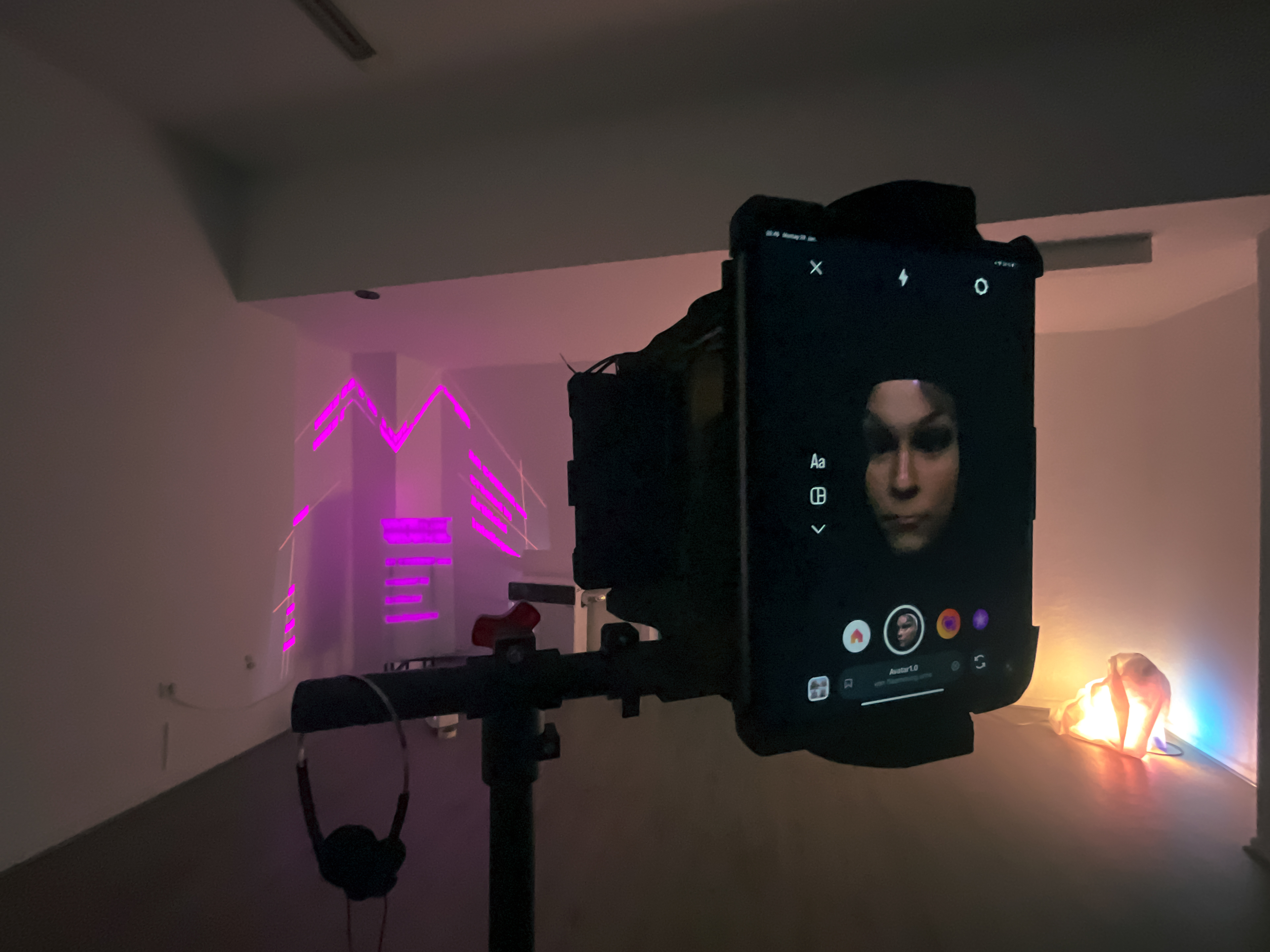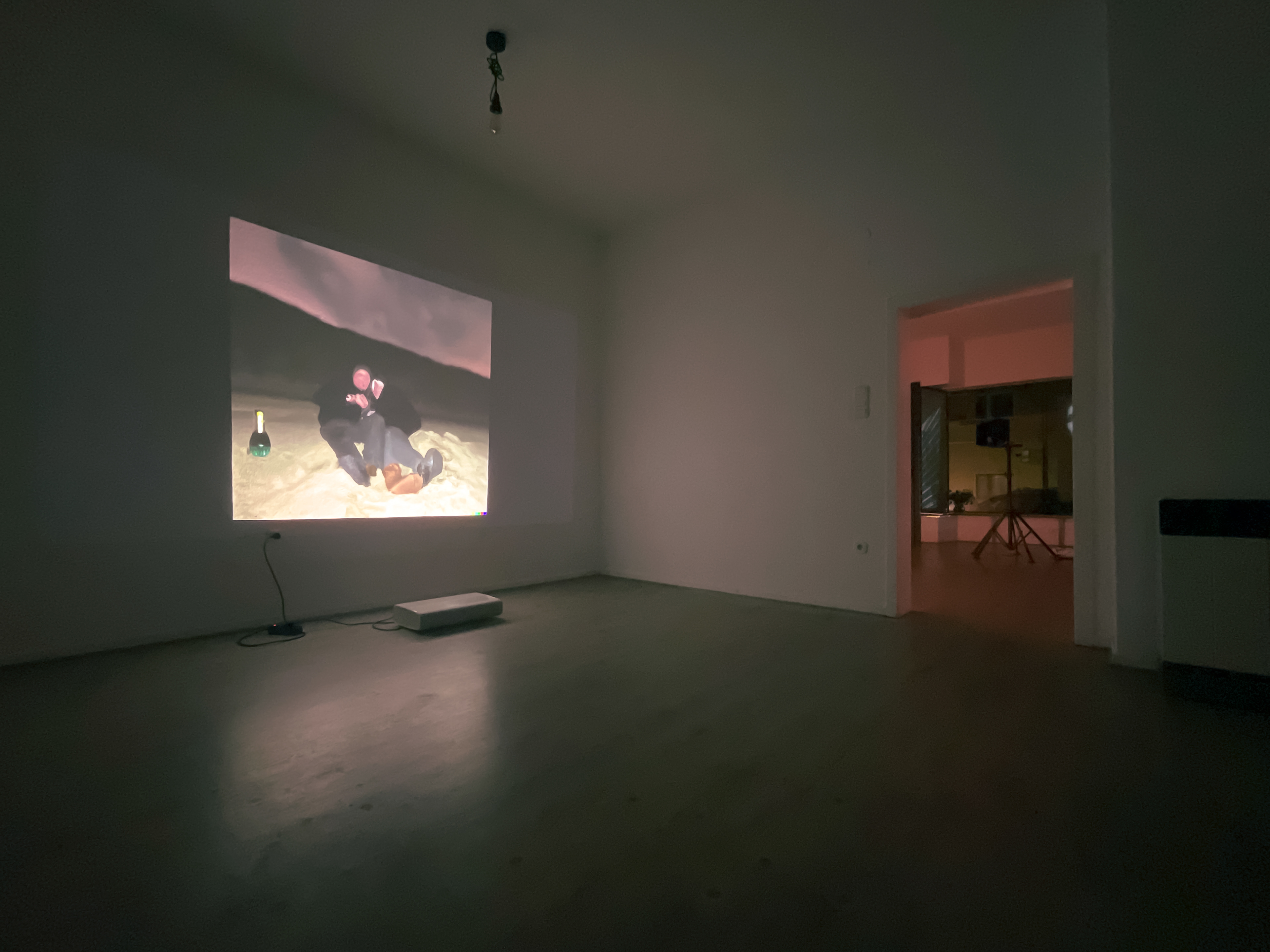when bots love
According to art historian Hans Belting, the origin of image-making lies in death. Things marked by absence that can only be represented through images are the true purpose of images. Photography occupies a unique position in the cycle of life due to its paradoxical nature. Every photograph is in conflict with the freezing of moments and their transience. They show "what was there at a certain moment" and "what will soon no longer be." Memories are thus preserved and appear alive.
The defining quality of photography is its ability to create likenesses of reality—supposedly unaltered memories that can be accessed at any time. However, images are not merely reflections of reality; they can simultaneously be, depending on the viewer, an "objective reproduction" and/or a "personal statement," or "reality" and "interpretation of that reality."
Quantum physics present an unfamiliar set of rules that govern the behaviour of the microscopic world. These rules challenge our common sense and introduce concepts such as particles existing in multiple states simultaneously and objects being in two places at once. The implications of these quantum rules suggest the existence of countless parallel copies of our universe, each branching out over and over. Drawing inspiration from this notion, "when bots love" endeavours to depict a glimpse of the vast array of parallel universes in which we find ourselves. Through the medium of artificial intelligence rendered multimedial content, the project explores the paradoxical nature of capturing and showing different realities visualized within accessible metaverses.
Fundamental questions of life, such as how we love, live, argue, age, and die, will be explored in my work *when bots love*, and applied to two avatars in love. Various digital tools will generate the images, aiming to bring the metaverse and digital personas emotionally closer to the viewer. At its core is the question of whether digital avatars are capable of emotions, what those emotions might look like, how they might differ from ours, and whether they can be conveyed. In the end, a multimedia portrait of two characters will tell a life story, functioning within a new understanding of time and space that still connects to present-day reality.
